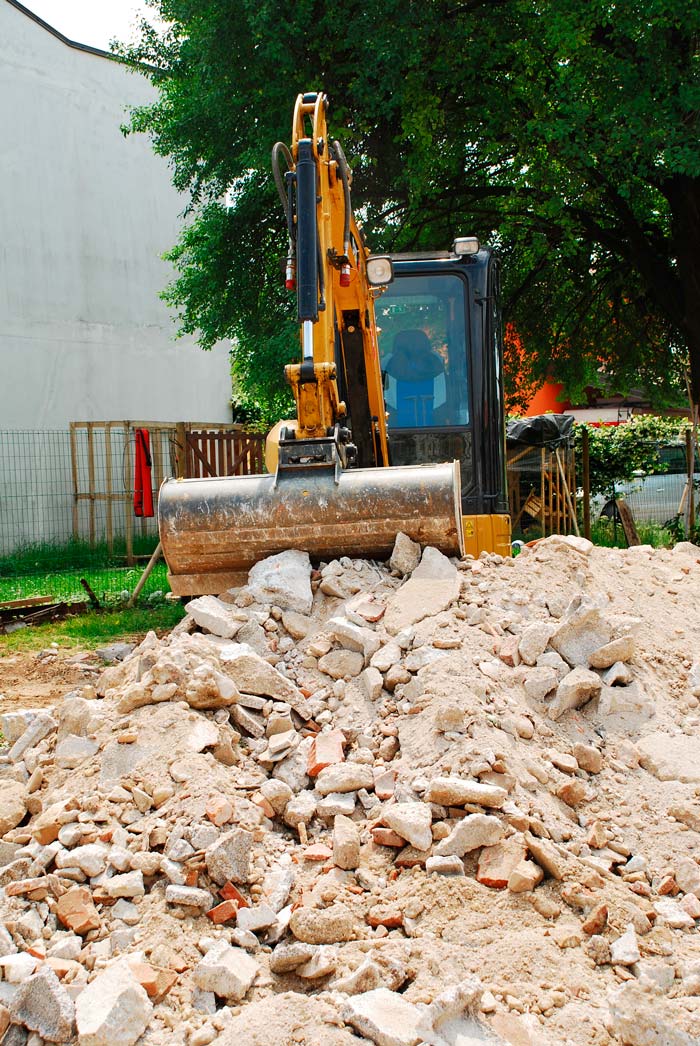Recarbonation
IN BRIEF
- Due to their mineral composition, concrete structures slowly react with air and gradually re-absorb CO2 over the life of the building.
- Recarbonation mainly takes place at the surface.
- If the structure can be deconstructed, crushed concrete should be exposed to the air to enable the full potential of recarbonation before it is used as a foundation or backfiller.
During the lifetime of a concrete structure (such as a building or road), hydrated cement contained within the concrete reacts with CO2 in the air. Part of the CO2 emitted during cement production is re-absorbed by the cement through carbonation, a reaction also referred to as cement recarbonation.
Concrete carbonation occurs on the surface of the concrete where it is in contact with air and moisture, and progresses through the concrete at a rate inversely proportional to its quality.
Structural concrete for both reinforced concrete buildings and civil engineering infrastructures is designed to last from 50 to over 100 years. For these types of concrete, the rate of carbonation is very low and unlikely to progress further than a few millimetres (5-20mm) over the lifetime of the structure.
At the end of their working life, reinforced concrete structures can be demolished. If the concrete is then crushed, its exposed surface area increases, also increasing the recarbonation rate. The amount of recarbonation is even greater if stockpiles of crushed concrete are left exposed to the air prior to reuse.
Studies have been conducted to analyse the recarbonation potential. They show that 5-20% of the CO2 emitted during the cement manufacturing process is taken up during the service life cycle of concrete, and an additional 5-10% may be taken up during the secondary or recycled lifetime. This means that when proper recycling practices are applied, up to 25% of the originally emitted CO2 can be re-absorbed.
Reduction through recarbonation has not been included in the model given that it is a downstream element.
CHALLENGES
In order to benefit from the CO2 trapping potential, crushed concrete should be exposed to atmospheric CO2 for a period of several months before its reuse (e.g. as road underlay) which would require a new approach to managing construction waste.
POLICY RECOMMENDATIONS
- To understand the full potential of recarbonation, fundamental research should be supported. Furthermore, based on the outcome of research, an innovative set of policies on the treatment of crushed concrete building waste would enable recarbonation to reach its full potential.
- Ensure proper construction and demolition waste sorting and concrete recycling practices to optimise the CO2 uptake at the end of life stage.
- Deconstruction and recycling would still be the best options, from a CO2 efficiency point of view. However, this is not always possible. In such cases crushing and exposure to air to allow for recarbonation to happen should nevertheless be encouraged.

